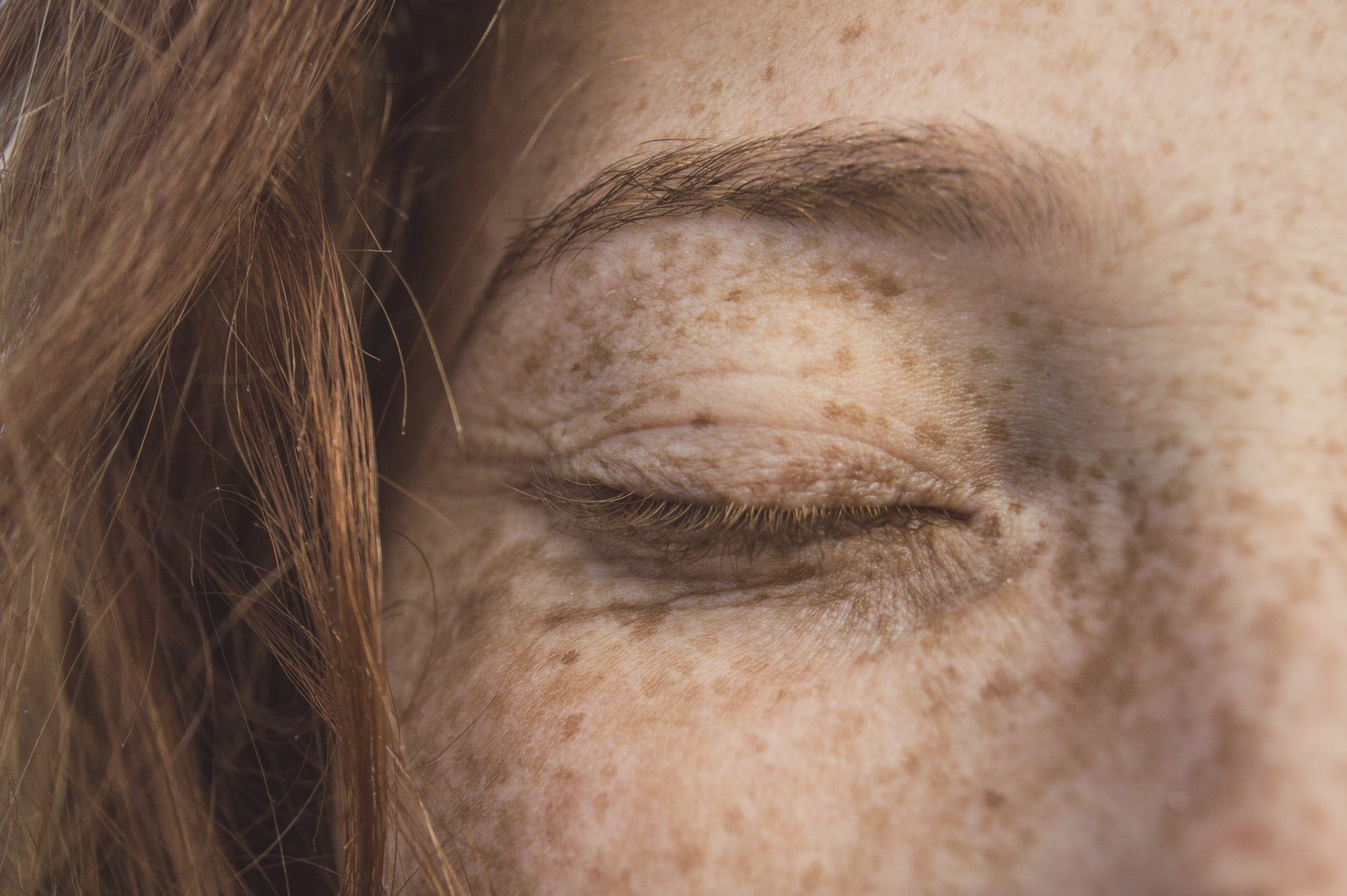Learn About The Types of Skin Cancer

When it comes to skin cancer there are multiple types that can develop and with ranging levels of severity. These cancers can develop on the skin over areas of the body and with differing rates and appearances. While the main types of skin cancers are a result of sun exposure, skin cancers can emerge beneath the skin or as a result of other forms of skin damage too.
WHAT IS A MELANOMA?
Melanoma is one of the most aggressive forms of skin cancers, capable of spreading to other organs. However, it is also highly treatable if detected early.
Melanomas can vary in size, shape or colour, often appearing as discoloured patches of skin, usually brown or blue, with uneven borders. To distinguish a mole from a possible melanoma, it is recommended to monitor the shape, colour and appearance of your moles through self-performed skin checks and regular doctor performed skin checks.
KNOW YOUR ABCDES
ABCDE is a convenient detection guide to help you monitor your skin’s condition and help detect when to see a doctor. When evaluating mole appearance, it is important to consider the mole’s:
- Asymmetry
- Borderline
- Colour
- Diameter
- Evolution
WHAT ARE THE NON MELANOMA SKIN CANCERS?
Although melanoma is often the most concerning and widely discussed form of skin cancer, non-melanoma skin cancers can present in differing appearances and at different layers of the skin. Whilst Queenslanders have a high risk of melanoma, it is important to still look out for other conditions which could be impacting your skin health.
Much like melanoma, these conditions are treatable if found early:
Basal Cell Carcinomas (BCC)
Basal cell carcinomas are the most common form of skin cancer, found in all skin cancer types. They arise from sun exposure and develop slowly.
They often appear on sun-exposed areas around the head and neck and are easily treatable when detected early. BCC spots resemble open sores, pink growths, shiny bumps and red patches, however rarely spread beyond the original site.
Squamous cell carcinoma (SCC)
Squamous cell carcinomas are caused by either sun exposure or areas of skin damaged by burns. They resemble open sores, scaly red or white patches or raised growths with a central depression.
Occurring most frequently in sun-exposed areas, SCC can also form all over the body including genitals. Being familiar with the appearance and qualities of SCCs when performing your regular personal skin checks can help assure early diagnosis and treatment. Whilst the majority are non-threatening, if left untreated, SCC can be dangerous and deadly.
Merkel Cell Carcinoma (MCC)
Merkel cell carcinomas is the rarest yet deadliest form of skin cancer. They often appear on sun exposed sites, and are important to monitor skin for despite being uncommon.
MCCs do not develop as recognisable as other skin cancers, resembling a pimple-like lump which grows rapidly. If detected early MCCs can be treatable, however, they are up to three times more dangerous than melanoma.
PREVENTION
Whilst skin cancers when detected early are almost always treatable, the risk of skin cancer can be reduced through suitable sun protection. Although the old slip, slop, slap remains a crucial step in lowering the risk of skin cancer, it is also important to prioritise regular skin checks with your doctor.
HOW DO YOU LOWER THE RISK OF SKIN CANCER?
- Avoid the sun between 10am and 4pm (or when the UV index if greater then 3)
- Cover up with clothing including a hat and UV-blocking sunglasses
- Never use tanning beds
- Apply sunscreen 30 minutes before sun exposure, and reapply every 2 hours
- Keep newborn babies out of the sun
- Do not use sunscreen on babies under 6 months of age.
- Examine your skin every month
- See your GP for a skin exam every year
If you would like to have a skin exam performed by your doctor, book an appointment at your local SmartClinics practice today.



